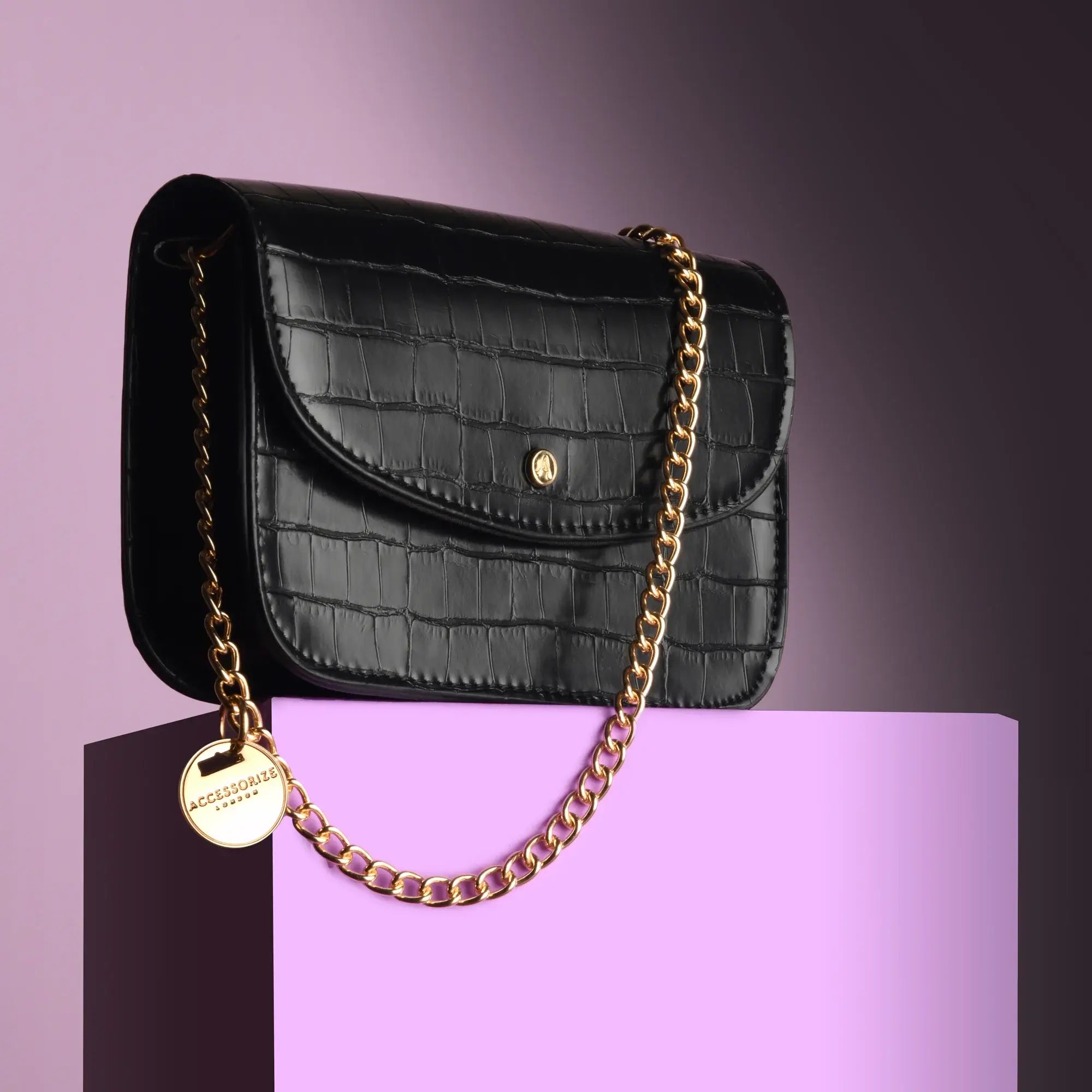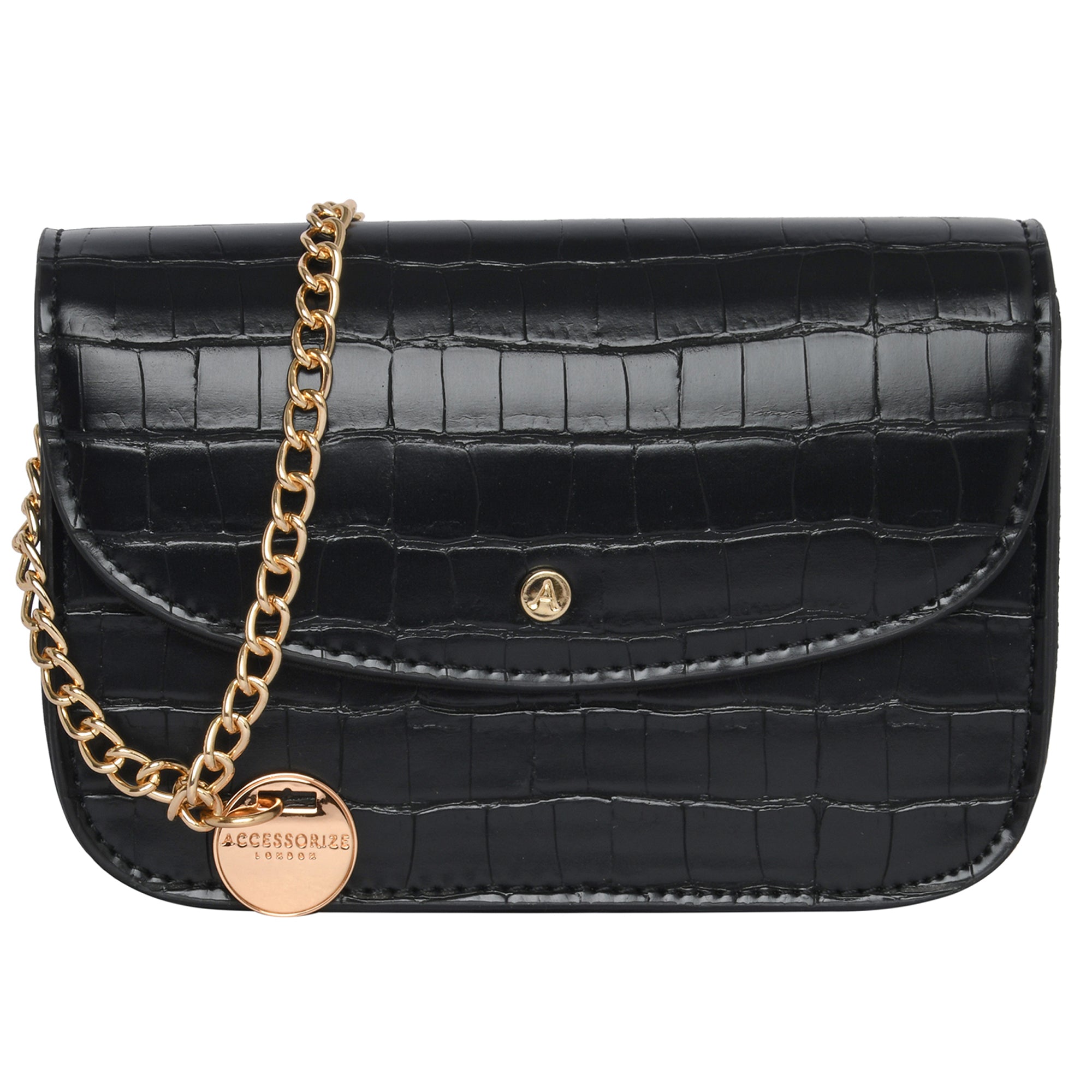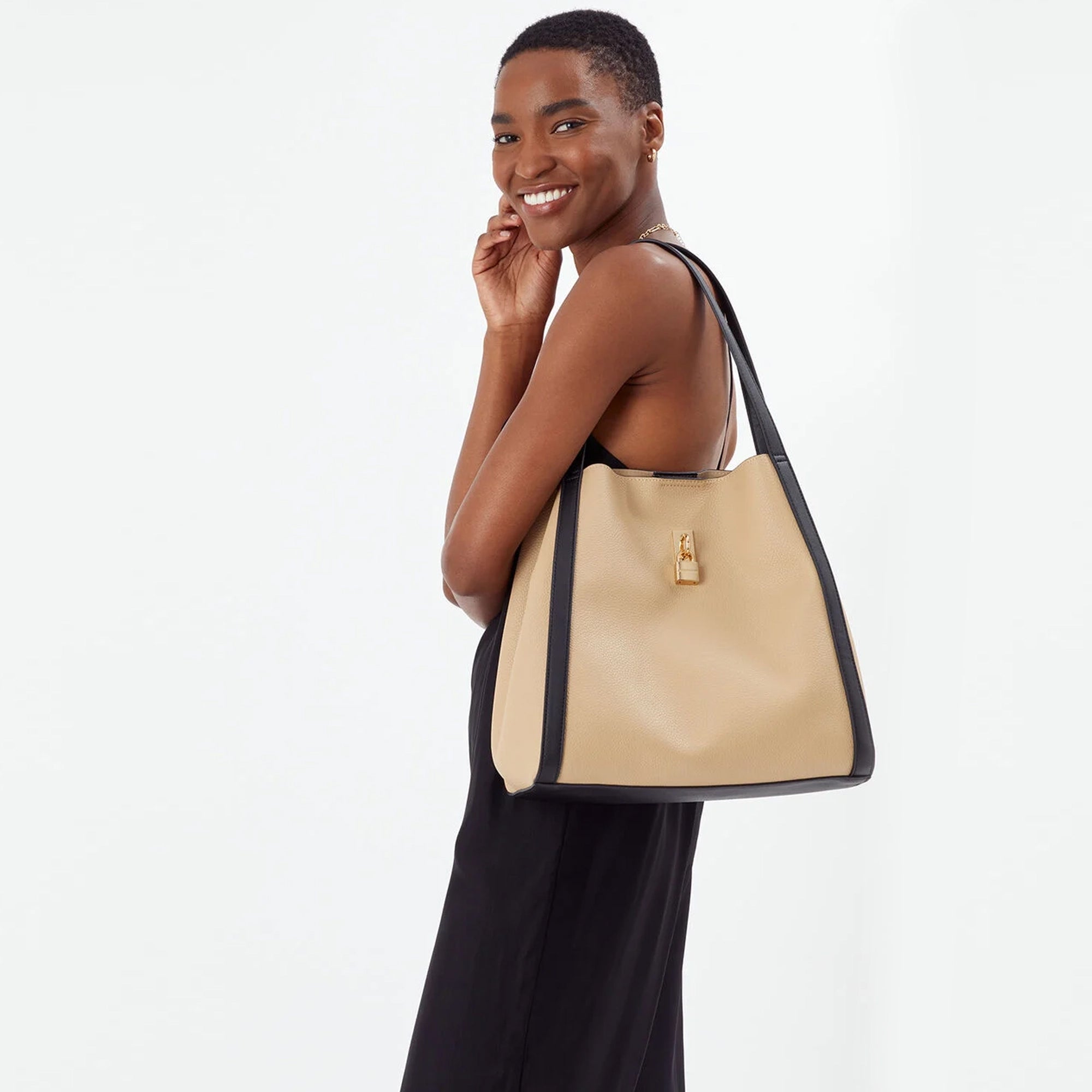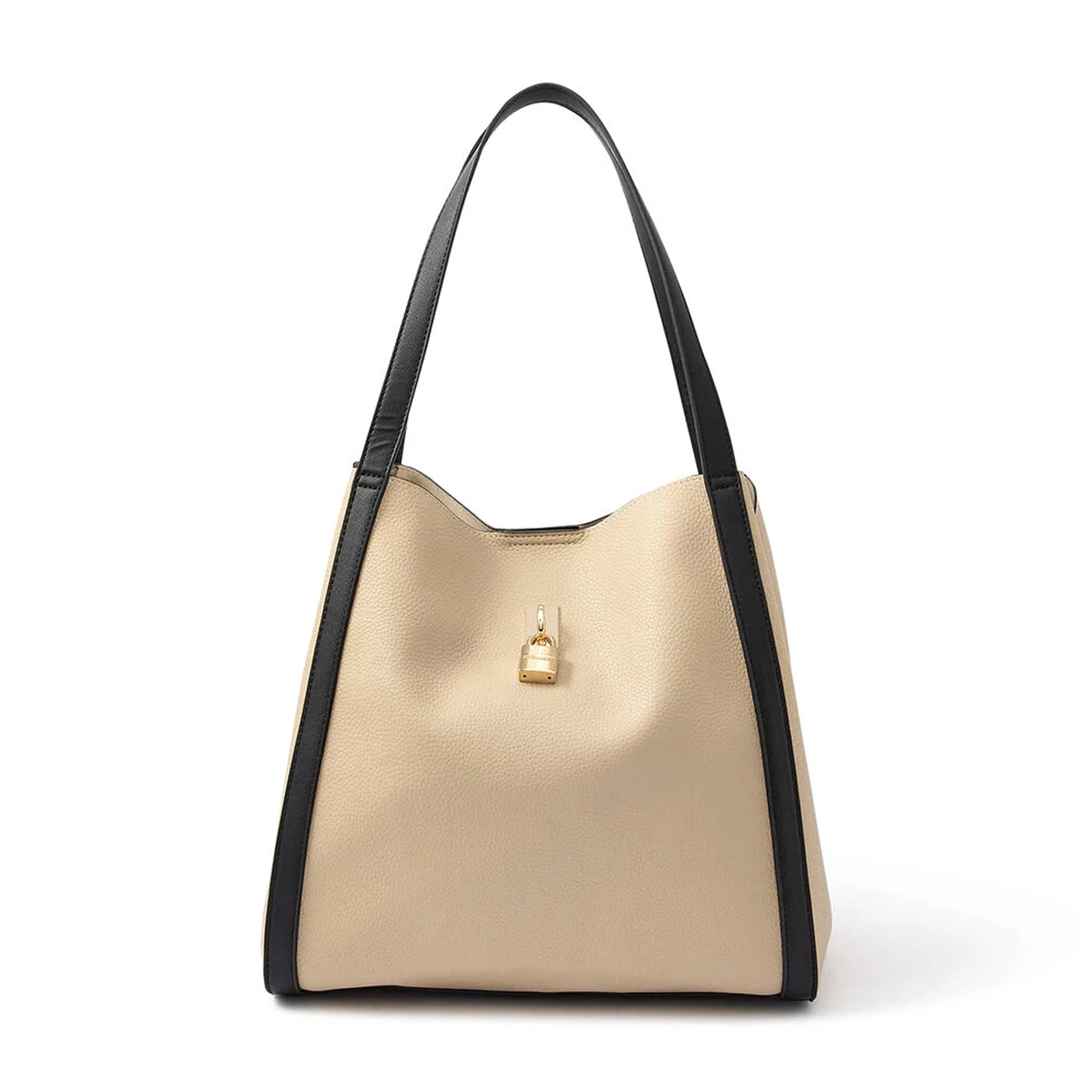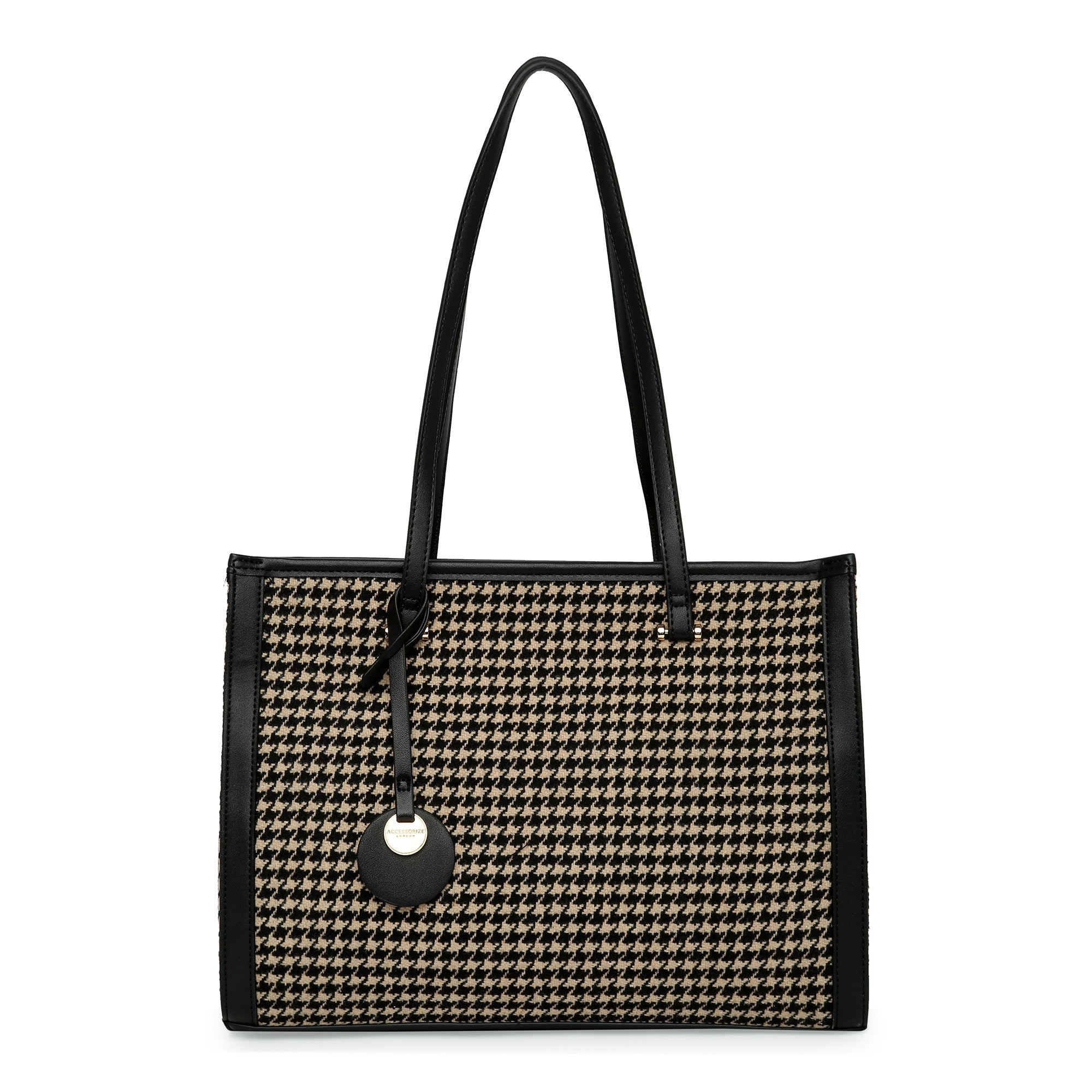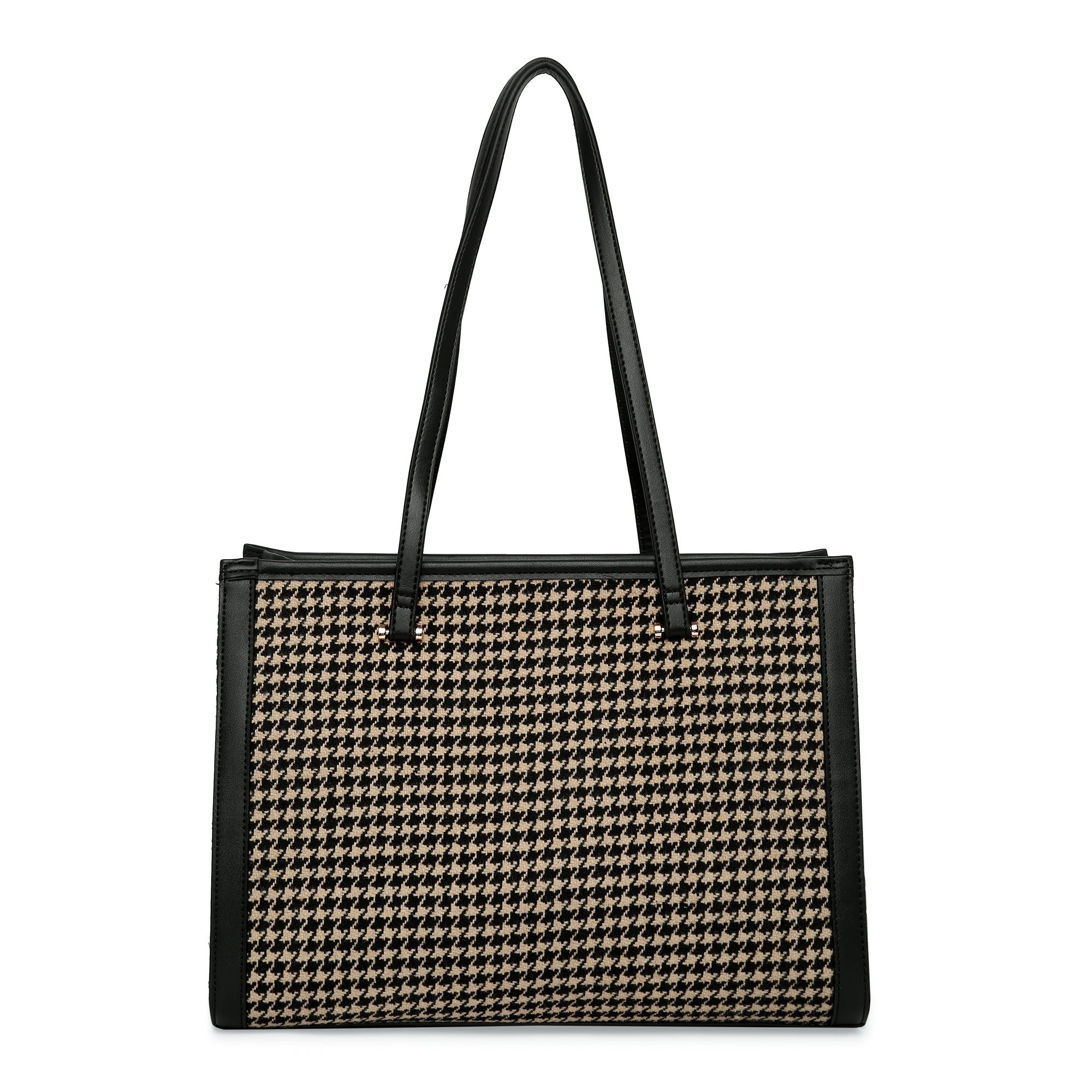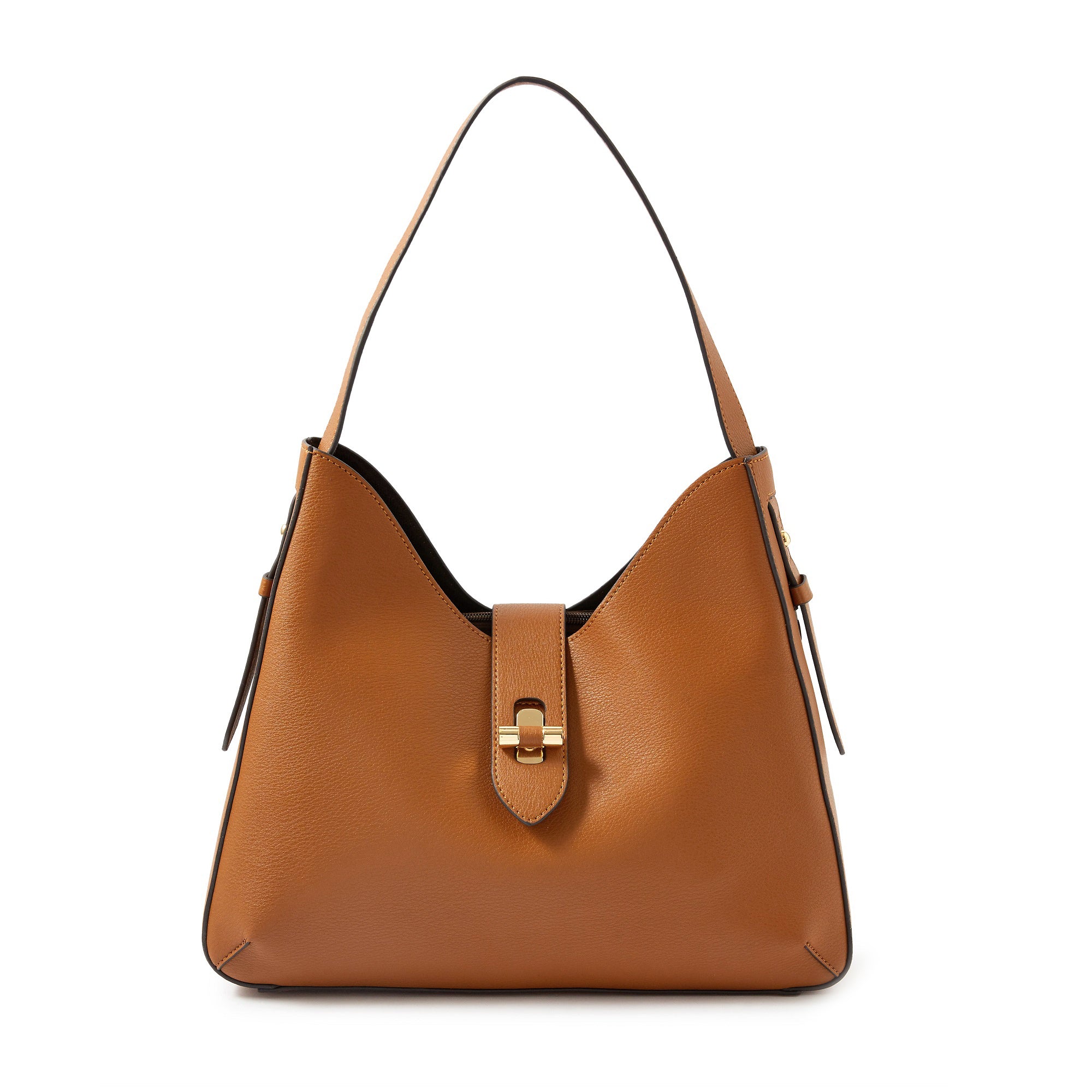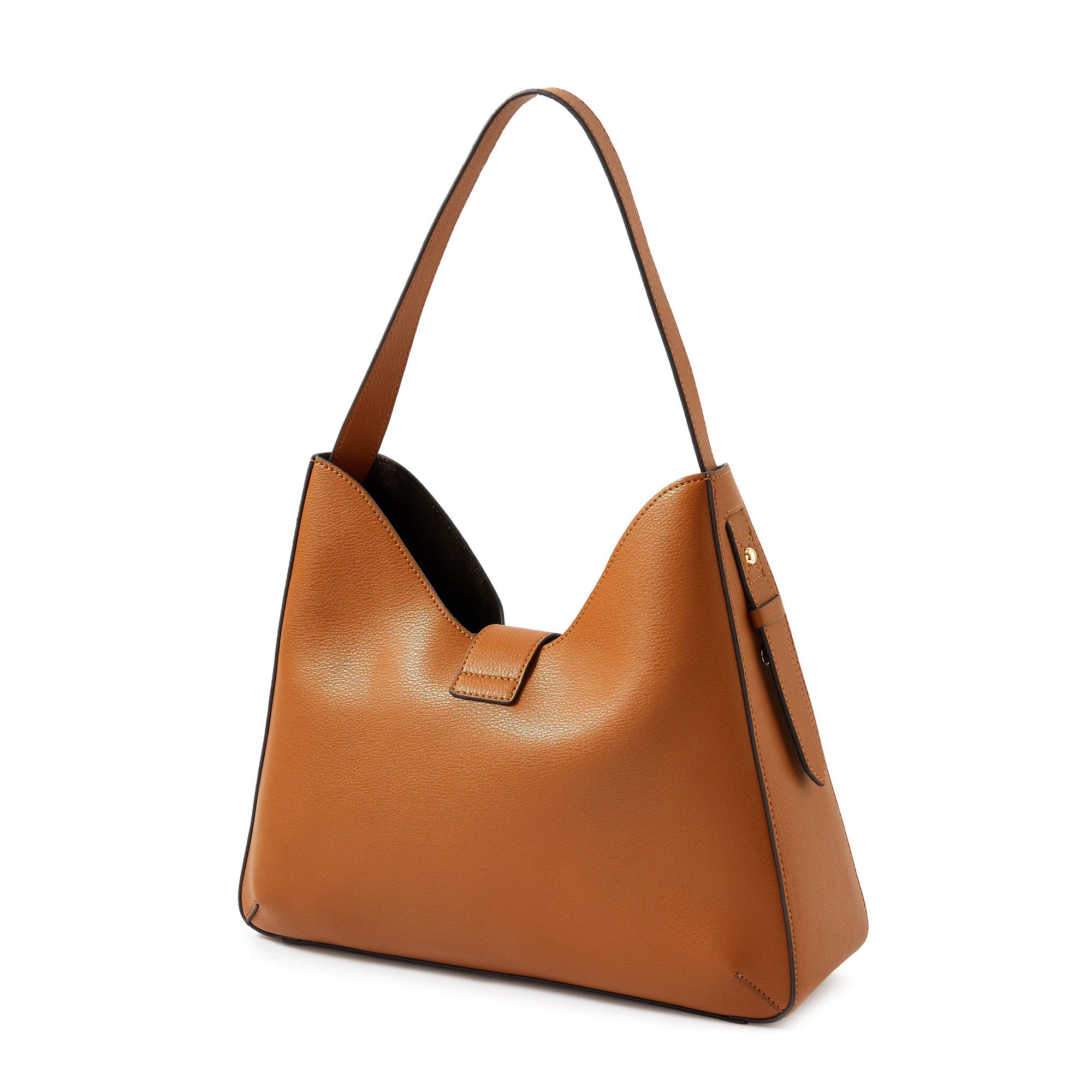A woman is incomplete without her trusted handbag. It is an accessory that has become an extension of her lifestyle. But, did you know they were men’s accessories first?
What we call today’s stylish tote, structured clutch or on-trend crossbody wasn’t born on a designer’s sketchpad last year. The origin of handbags runs deep. It is centuries old, rich in evolution and wildly fascinating. And if you are into fashion, understanding handbag history is empowering.
Read on, so the next time you walk into a store or scroll past a dreamy style online, you’ll know that you are not just shopping - you are participating in a long-standing legacy—a beautiful one at that.

History Of Purses: The Earliest Days Of Carrying Things
Let’s rewind to the ancient world when people needed to carry essentials but lacked pockets. Men and women both relied on pouches tied around their waists. These were often crafted of cloth, leather or woven materials and usually carried coins, herbs, tools or religious items.
Believe it or not, the true history of purses begins with function, not fashion. In Egyptian tombs, small linen bags were found buried with mummies. In medieval Europe, men carried coin pouches and women wore girdle pouches tied around their gowns. The idea was simple: carry what you need, close to the body and make it portable.
These early forms laid the foundation for the accessory we know today, showing that even centuries ago, people understood the power of a good carryall.
The 18th & 19th Centuries: The Birth Of The Modern Handbag
The Industrial Revolution changed everything, including fashion. Women's clothing became slimmer, and with less room for hidden pockets, the need for a personal bag grew stronger. This was the birth of what we recognise as the handbag today.
Enter the reticule - a small handheld bag made of silk, velvet or beaded fabric. Carried by elite European women, it became a symbol of refinement and femininity. But it didn't stop there.
By the late 1800s, the rise of train travel and social mobility gave birth to structured handbags for women and travel cases. Many luxury brands emerged around this time, initially designing luggage and equestrian accessories. These were the brands that set the tone for future handbags.
This period laid the foundation for what we now recognise as the lifestyle - a curated collection that supports different moments, moods and movements.
The 20th Century: When Fashion Houses Took Over
With the roaring 20s came freedom in thought, fashion and of course, accessories. Women no longer confined themselves to a single style. Bags reflected jazz-age energy through smaller, glitzy, and more adventurous silhouettes. One of the popular types of bags in this era was the clutch bag that was beautifully paired with fringed dresses and pearls.
Then came the 1950s and 60s - an era that changed everything. Luxury handbags became a must-have symbol of sophistication. This was the era when bags for women weren't just useful, they were aspirational. The quilted shoulder bag, the monogrammed satchel and the top handle tote all carried cultural clout.
During this golden era, the history of purses intertwined with cinema, art and celebrity. The trendsetter here didn't just carry handbags; they defined them. Every woman wanted to mirror that kind of timeless grace.
Handbag History: The Evolution Of The Function Of Backpacks
As women entered the workforce and life became faster, heavier and more mobile, fashion adjusted again. The 80s and 90s brought power dressing into the picture. Leading to the evolution of backpacks from everyday school gear to city chic essentials.
No longer just for students or athletes, these bags became symbols of independence and momentum. Brands responded with sleeker and more tailored designs. You could walk into a boardroom, a cafe, or an airport with a backpack and still look undeniably stylish.
In many ways, the rise of backpacks for women reminded us of the origins of handbags, combining practicality with identity—a modern throwback to an ancient need, done the fashion-forward way.
Today: Bags Can Be Identity, Mood Or Manifestation
Fast forward to today, where handbags aren't just accessories; they are part of the daily ritual, from choosing a tote bag for work, to grabbing a sling for errands or elevating your outfit with a clutch. The bag you pick says something every single day.
Modern fashion celebrates this freedom. Minimalist, maximalist, sustainable, vintage and many more - there is a bag for every lifestyle, belief and ambition. And the best part? You don't need to stick to one. The idea of having just one handbag is, frankly, outdated.
With the handbag history laid out, owning multiple types makes even more sense. It's not indulgence - it is identity. Each one serves a different purpose and personality. Today, your handbag evolves with you.
Carrying Handbag History With Style
A handbag is never just a bag. It is a quiet narrator of the history of where we’ve been, how we’ve evolved and who we’ve become. From ancient waist pouches to today’s high-fashion power bags, the journey has been bold and beautiful.
Now, every time you pick up a new handbag, you are not starting a new habit. You are continuing a very stylish tradition. So go ahead. Celebrate your collection with Accessorize London today. Explore timeless handbags for women and find the ones that suit every chapter of your life.

FAQs
What is the origin of handbags?
Handbags have been around since antiquity, when both men and women carried things in pouches. Over centuries, these evolved from functional waist bags to attractive accessories, representing culture, prestige, and personal flair through every era.
What is the history of clutch bags?
Clutch bags became fashionable in the 1920s during the Art Deco era, symbolising elegance and freedom. These compact, handheld bags were ideal for evening engagements, allowing ladies to carry essentials while complementing the sleek, minimalist style of the time.
How has the function of handbags changed throughout history?
Handbags began as practical bags for carrying items but evolved into fashion symbols. Their role evolved to meet lifestyle needs, adding structure, divisions, and style, converting them from utilitarian objects to potent statements of identity, status, and personal preference.
